




By ALFONSO RUBIO Columnist
In a country built on car dependency, many Americans have been forced to use cars for transportation, with the alternative being the public transportation network.
I grew up in a city with little to no public transportation as a kid. The only services available were a handful of buses that only ran Monday through Saturday.
Since moving to Ogden for school, I have used public transportation religiously and have become almost completely reliant on it. As amazing as my experience using the OGX shuttles, Trax and the Frontrunner has been, I have noticed one problem.
The OGX shuttles only run from 10 a.m. until 6 p.m. on Sundays and only arrive ev-
ery 30 minutes. Worse than that, the Frontrunner doesn’t run at all on Sundays.
I recently went down to visit my family in St. George and found myself stranded in Orem with no way to get home. I had to have a friend pick me up from Orem and drive me all the way back up to Ogden because of the lack of public transportation availability on Sundays.
Though that one problem is apparent, the public transportation system in Ogden has many positive aspects.
“I like how easy it is to get to and from campus without having to try and find a parking spot,” Kayleigh Bollich, a Weber State University freshman said.
With free and expansive parking at the Dee Event Center, many students park there and take the shuttle to campus. The OGX
Wildcat shuttle exclusively bounces between the university’s housing and the Weber State Central Station, making it an efficient and convenient form of transportation for students every morning.
“It’s nice that the OGX shuttle is free … It’s never been a main form of transportation for me, but I have no complaints about it,” senior Kate Jensen said.
The OGX shuttles being a free option for students makes it more convenient in learning how to use public transportation.
One of the first things I noticed about the OGX shuttles was how much nicer they were than other forms of public transportation I’ve used. Many other students share this opinion.
“I like the convenience it has to get to campus and around Ogden. The buses are pret-
ty nice and clean compared to other cities,” freshman student Ismael Sazo said.
The shuttle drivers are very helpful as well, which made a scary new thing like trying to figure out how public transportation works in a new city a lot easier.
“Don’t be afraid to ask questions to the driver or the people around you,” Sazo said.
Public transportation doesn’t have to be a scary thing, and a great way of being prepared is to download the Transit app.
“I use the Transit app to see when the bus will be at my stop, and that has been really helpful for me,” Bollich said.
With little to complain about, public transportation provided by UTA has little flaws in my experience. If UTA simply made the change to provide Sunday services for the Frontrunner, it would be nearly perfect.
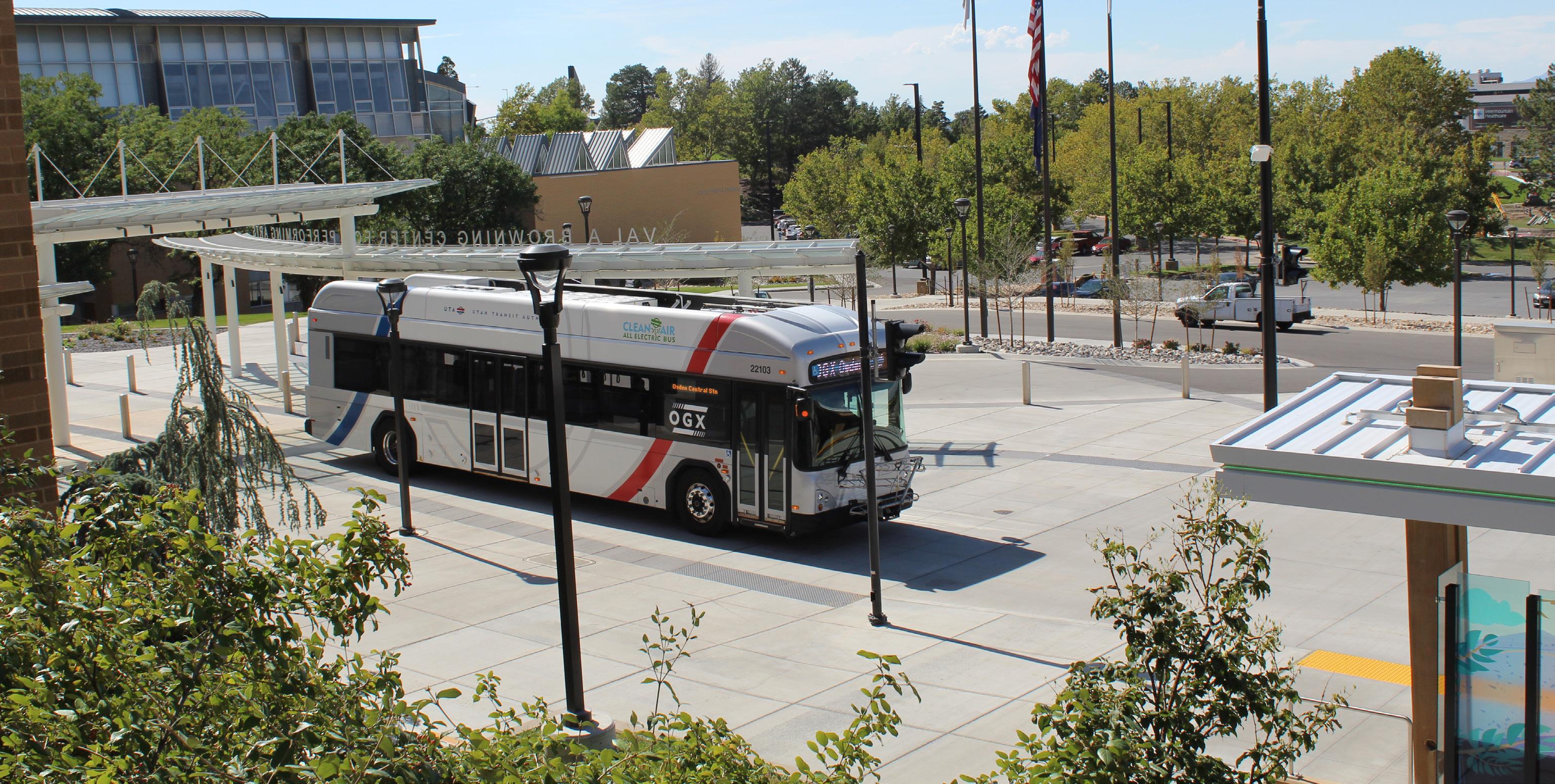
Por ALFONSO RUBIO
Columnista
Por VICTORIA HERNÁNDEZ
Traductor
En un país que es dependiente de los carros, muchos Americanos han sido forzados a utilizarlos por transportación, con la alternativa siendo el transporte público.
Yo crecí en una ciudad con poca de transportación pública cuando era un niño. Los únicos servicios que estaban disponibles eran unos cuantos buses que solo estaban de lunes a sábado.
Desde que me mudé a Ogden por la Universidad, he estado utilizado el transporte público religiosamente y me he vuelto casi completamente dependiente de ella. Aunque mi experiencia con el OGX, Trax y Frontrunner ha sido increíble, he notado un problema.
El OGX bus sólo funciona desde las 10 de la mañana hasta las 6 de la tarde los domingos y solo llegan cada 30 minutos. Peor aún, el Frontrunner no circula los domingos.
Recientemente fui a visitar a mi familia en St. George y me encontré varado en Orem con ninguna forma de llegar a casa. Tuve que tener un amigo que me viniera a


buscar de Orem y manejar hasta Ogden por la falta de transporte público los domingos.
Aunque este problema sea evidente, el sistema de transporte público de Ogden tiene muchos aspectos positivos.
“Me gusta lo fácil que es ir y regresar del campus sin tener que buscar estacionamiento”, afirma Kayleigh Bollich, estudiante de primer año de la Universidad de Weber State.
Con estacionamiento gratis y muy espacioso en el Dee Events Center, muchos estudiantes se estacionan allí y agarran el bus hacia el campus. El Wildcat OGX bus circula exclusivamente entre los dormitorios de la universidad y la estación central de Weber State, lo que la convierte en un medio de transporte eficaz y cómodo para los estudiantes cada mañana.
”Está bien que el OGX bus sea gratuito… Nunca ha sido un medio de transporte principal para mí, pero no tengo ninguna queja al respecto”, dijo la estudiante de último año Kate Jensen.
Siendo gratuitos, los buses de OGX son una forma más conveniente para los estudiantes para aprender cómo usar la transportación pública.
Una de las primeras cosas que
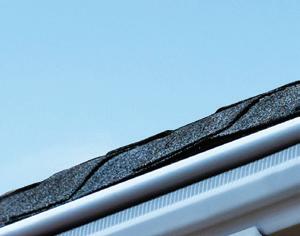
me llamó la atención sobre los buses de OGX fue lo agradable que resultaban en comparación con otros medios de transporte público que he utilizado. Muchos otros estudiantes comparten esta opinión.
“Me gusta la comodidad que tiene para llegar al campus y alrededor de Ogden. Los autobuses son bastante agradables y limpios en comparación con otras ciudades”, dijo el estudiante de primer año Ismael Sazo.
Los conductores de los auto-
buses son muy serviciales también, lo que hace que una cosa nueva y aterradora como tratar de averiguar cómo funciona el transporte público en una ciudad nueva sea mucho más fácil.
«No tengas miedo de hacer preguntas al conductor o a la gente que te rodea», dijo Sazo.
El transporte público no tiene por qué dar miedo, y una buena forma de estar preparado es descargarse la aplicación Transit.
«Yo uso la aplicación Transit para
saber cuándo llegará el autobús a mi parada, y eso me ha sido muy útil», dijo Bollich. Con poco de qué quejarse, el transporte público proporcionado por UTA tiene pocos defectos en mi experiencia. Si UTA simplemente hiciera el cambio de proporcionar servicios dominicales para el Frontrunner, sería casi perfecto.
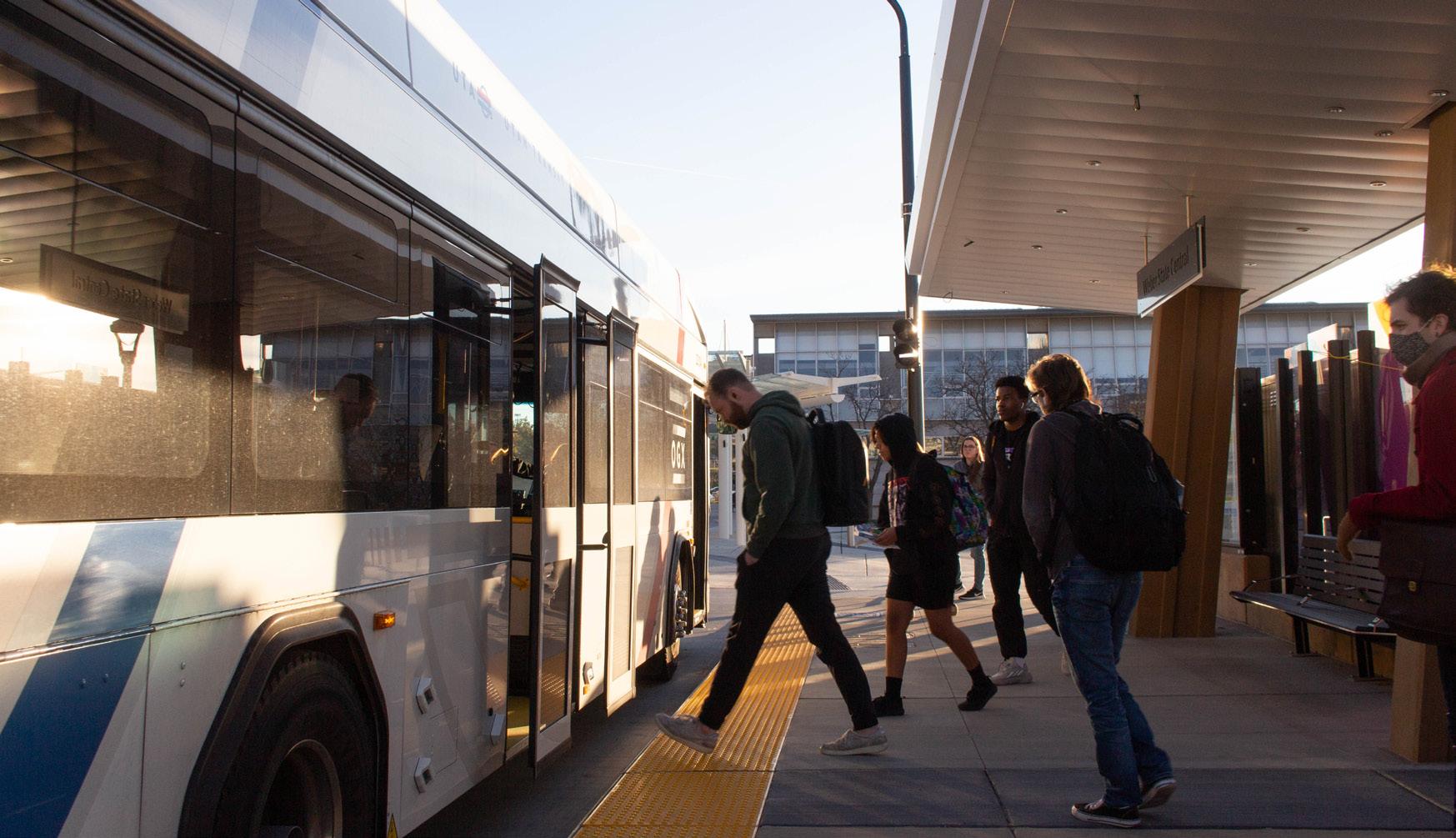

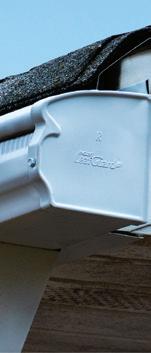







Apply to serve on the to make recommendations for the distribution of your student fees
weber.edu/student-access-success/student-fees.html
Application deadline: Monday, Sept. 30, 2024 at Midnight
Questions? Contact: studentlife@weber.edu

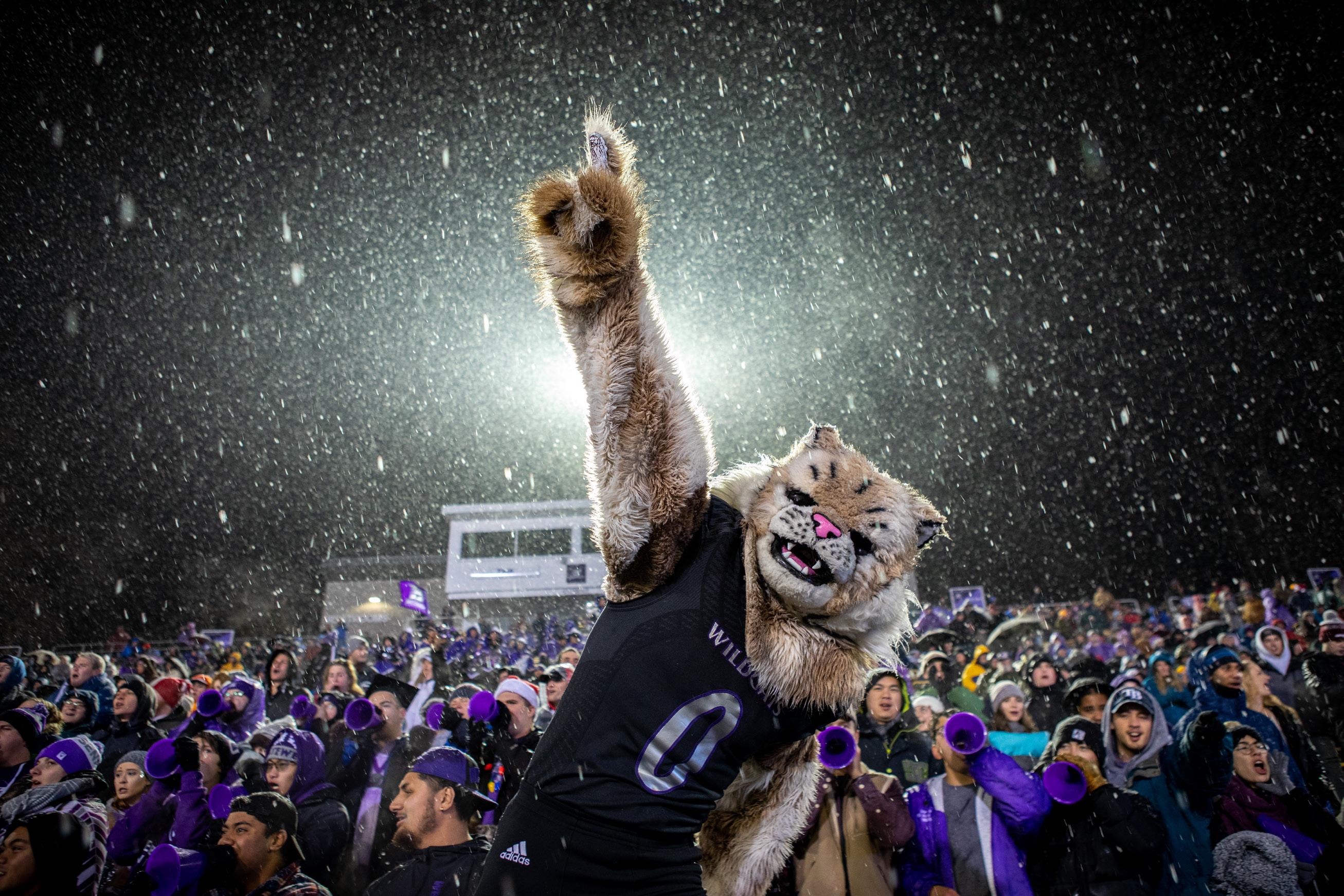


By ISAAC TANNER Reporter
Many people don’t get adequate sleep. On one hand, this is a massive pain, on the other hand, addressing sleeping problems can go a long way toward improving your day to day life.
According to Shelley Hershner and Ronald Chervin’s article, “Causes and Consequences of Sleepiness Among College Students,” 50% of students report daytime sleepiness, and 70% attain insufficient sleep.
If you’re in that 70%, or you’ve ever stayed up late to meet a deadline, you already know a lack of quality sleep can be a major issue. Sluggishness, irritability, trouble focusing — a lack of sleep affects basic functioning, let alone students’ GPAs.
Whether you’d like to take control of your sleep, or just recover from a late-night study session, there’s a lot to learn from the experiences of other students and what has been found about healthy sleep habits.
Before we get into the details, there are a
few disclaimers. First, if you’re experiencing chronic insomnia, it’s worth getting personalized care from a doctor. Second, if your class schedule is seriously impacting your health, that’s a discussion you should have with your academic adviser.
The most important disclaimer is that things happen and that’s okay. You don’t need to find a perfect relationship with your sleep to see noticeable changes. Which is good, because the simplest advice you’ll hear about sleep is also usually the least helpful:
“sleep for eight hours every night.”
Nathan McKnight is a busy Weber State University student. He’s a full-time student working two jobs with extracurriculars. Despite that, he schedules his week so he has enough time to sleep, “assuming all goes great.”
Sometimes, the week’s work bleeds into the weekend, and sometimes, there just isn’t enough time in the day to get everything done.
Most people are willing to lose some sleep

time without considering the lasting effects, instead choosing to think of it as a future-self problem.
“I’ll sacrifice my sanity to decompress a little bit,” McKnight said. “I generally try not to mess anything up for the next day.”
It’s obviously easier to stay up a couple of extra hours every night than it is to get enough sleep, but one certainly feels better in the long run.
If you can possibly make time for it, find something that you enjoy doing and save it for the next morning. Having something to look forward to can make it easier to get up early.
If you can’t think of anything, try watching your favorite show in the mornings. Waking up to watch the next episode is a lot more motivating than waking up for your third alarm in a row, and as a bonus, it is a lot less guilt-inducing than those 3 a.m. Netflix binges.
Unfortunately, sleep isn’t just a question of getting enough hours. The quality and consistency of sleep matters a lot too.
When you go to sleep, your body goes through maintenance cycles. According to Sleep Foundation’s article, “Stages of Sleep: What Happens in a Sleep Cycle,” people go through four to six sleep cycles per night.
Think of your sleep as a load of laundry your brain has to do every night. Several 20-minute sessions of soaking your clothes aren’t the same as a full-hour cycle where the laundry machine washes out the soap. It’s not just the time in the washing machine that makes clothes clean, and it’s not just time spent lying down that makes you well-rested.
In the short term, your brain might settle for quick naps. In the long term, your brain is building up a backlog of sopping-wet laundry that still needs cleaned.
Consistency matters as well. Your body has its own internal clock, called your circadian rhythm.
Your body is always trying to find a consistent pattern of sleep to adapt to. If you’re lucky, your brain might fall into a rhythm easily, but if not, that’s even more reason not to mess up your sleep schedule.
Your circadian rhythm is why you should avoid staring at screens too close to bedtime. It’s also why jet lag sucks so much.
Elmer Peña, a Weber student, seems to have a much less toxic relationship with sleep. Peña said he usually goes to bed at 1 a.m., which would be late for some, but if you consistently wake up at 9, it’s a full eight hours.
Peña also shared some of his nightly routine, specifically listening to music or the background noise of a fan to create his ideal atmosphere to go to bed.
It’s worth mentioning that not everyone has the same opportunities, responsibilities and stressors. Not having to work odd or inconsistent hours can go a long way.

A little patience and a good nap might do the rest.





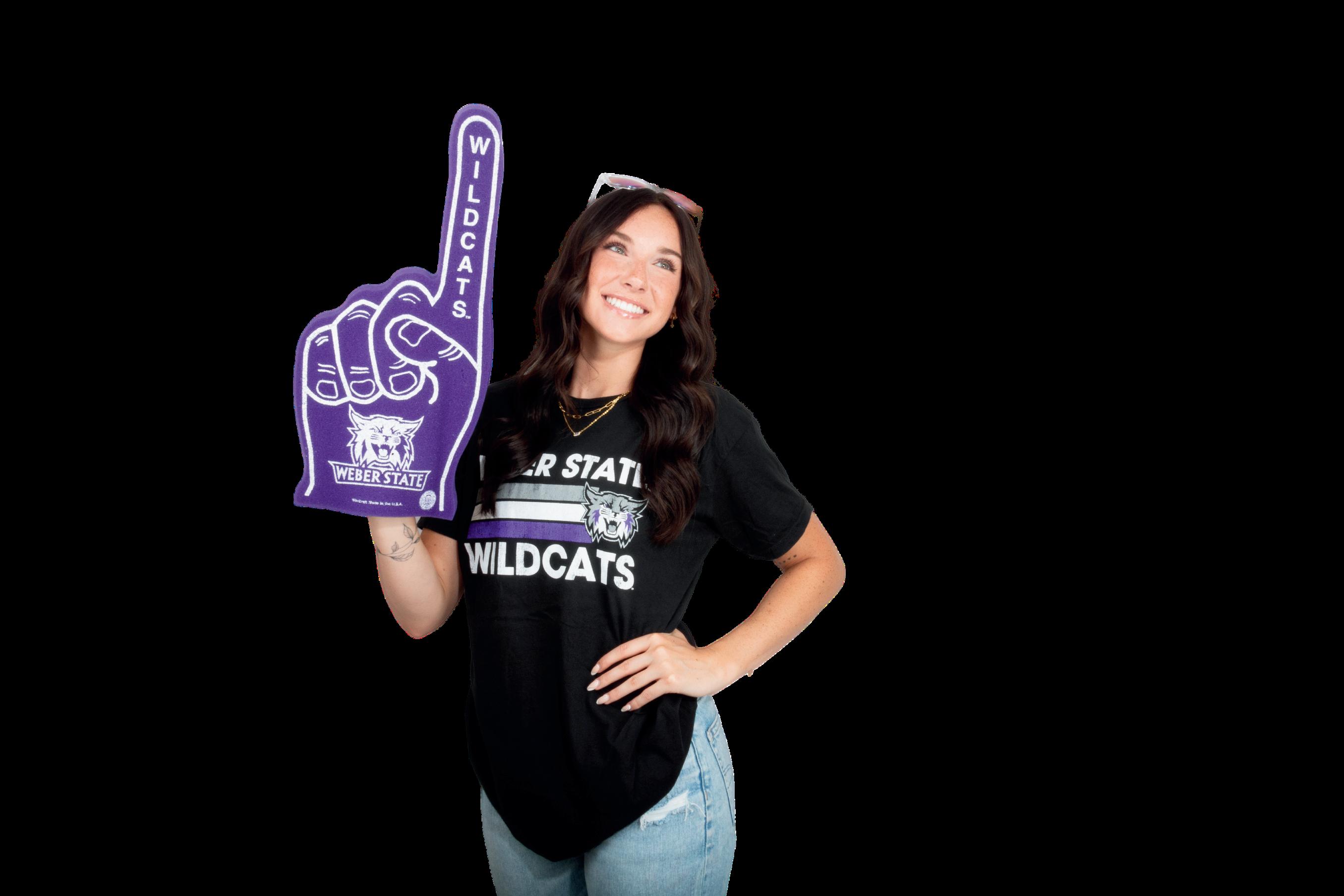

By COLLYN COWLES Editor
On Sept. 9, 2024, Weber State University track and field legend Lindsey Anderson was inducted into the Utah Sports Hall of Fame, adding to her already illustrious career and numerous accolades, including previous inductions into the Weber State Athletics Hall of Fame and the Big Sky Conference Hall of Fame.
“We’re talking about every athlete who’s competed for the state of Utah in one way or another, whether it’s professional, collegiate, as a coach; it just encompasses so many different aspects of the sporting world,” Anderson said. “I think that this one was special just because it is a very high recognition and something that I just didn’t realize I was going to get to be a part of.”
Anderson, a Morgan native, left her mark at Weber State from 2004 to 2007. She dominated the Big Sky Conference, securing nine championships and setting an NCAA record in the 3,000-meter steeplechase. Her collegiate career peaked when she finished second in the steeplechase at the 2007 NCAA Outdoor Championships. Later, she became the first Weber State athlete in any sport to compete in the Summer Olympics, representing the U.S. in the 2008 Beijing Olympics.
Anderson was named one of the Big Sky Conference’s top 25 Greatest Female Athletes of all time in 2014 and was inducted into the Weber State Athletics Hall of Fame in 2017. Her Olympic journey began when she placed second at the 2008 U.S. Olympic Trials, posting a personal best of 9:30.75 in the steeplechase. That same year, she competed against the world’s best in Beijing. Anderson’s steeplechase success earned her spots at the 2007 World Championships in Osaka, Japan, and the 2009 World Championships in Berlin, Germany. She also competed in the 2020 Olympic Marathon Trial in Atlanta, Georgia, finishing in the top 10%.
In addition to her Olympic success,
Anderson has built an impressive coaching career. After working as an assistant coach at Weber State from 2007-2014 and at California State University, Bakersfield, she took the reins at the College of Southern Idaho. There, she was twice named National Women’s Coach of the Year and led her teams to top finishes at national championships. Anderson’s coaching accomplishments include rebuilding the CSI program after a 19-year hiatus and consistently guiding both men’s and women’s teams to success.
After CSI, her coaching path later took her to the University of Missouri, where she served as head cross-country coach for one season before returning to Weber State in 2023 as an assistant coach for the men’s and women’s distance teams.
“At the end of the day, when I had the opportunity to come back, this is where I want to be,” Anderson said. “This is where my story started; it’s where I want my story to end.”
Throughout her career, Anderson has continued to inspire the next generation of runners, bringing the same competitive drive and excellence she demonstrated as an athlete.
“I’m always very impressed with the athletes that come out of Weber and just the attitudes and the accomplishments that they have,” Anderson said. “They’re going to struggle. They’re going to have seasons that they keep getting injured or might have something else come up that’s just they have to work through, but at the end of the day, if they can stick with it, be consistent, and work hard, then they’re going to be successful, that’s the kind of culture I want to keep cultivating here at Weber.”
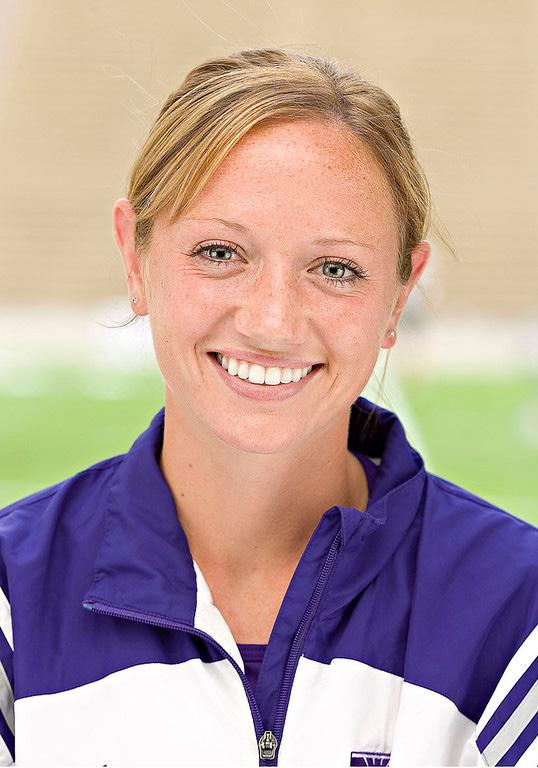
harvesting hope through food security and cultural resilience
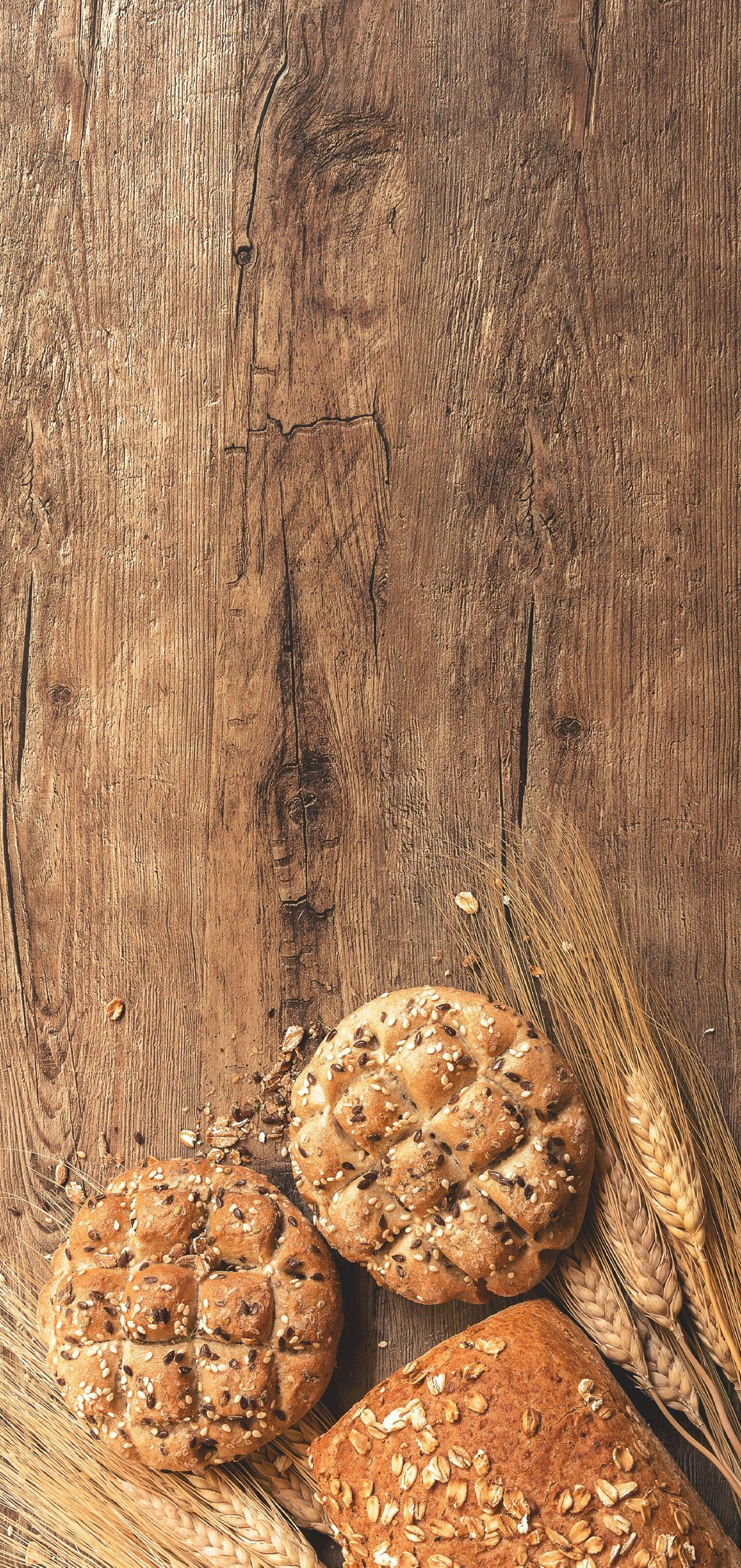
OCT. 3 OCT. 4
WSU DAVIS, STEWART CENTER
6 p.m. - 8:30 p.m.
WSU OGDEN, SHEPHERD UNION
9 a.m. - 2 p.m.
Join us for breakfast, keynote speaker and breakout sessions! Join us for dinner, conference welcome and our keynote speaker!
Keynote Speaker: Jeanette Padilla Founder, President, and CEO of Food Justice Coalition
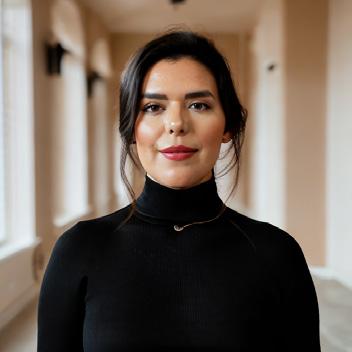
RSVP now at: weber.edu/unity-conference
Keynote Speaker: Chef Alisa Reynolds
The Executive Chef/Owner of Los Angeles’s very popular, My Two Cents, and she is the host of the hit Hulu show, “Searching for Soul Food” and the podcast, “My Last Meal with Chef Alisa.”
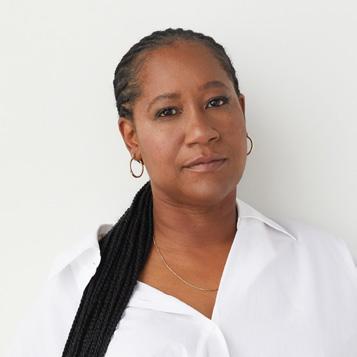

By GAVIN NELSON Reporter
After a dominant performance against the Northwestern State University Demons, Weber State University football defensive end Kemari Munier-Bailey was selected as the Football Championship Subdivision Stats Perform National Player of the Week.
In the game against the Demons, Bailey recorded eight tackles, six tackles-for-loss, and three sacks in the Wildcats’ 39–0 win. However, the game was more of the same for Bailey, who, in four games, leads the team in tackles, tackles-for-loss, sacks and quarterback hurries.
“I always try and give my all. My teammates and I, we have an agenda and always
try to do the little things,” Bailey said.
Born in Birmingham, England, to Jamaican immigrants, Bailey’s first love was basketball.
“I was playing basketball in the U.K., and I was on the national team, and I was trying to decide my next step, either going to Europe or playing High School in the U.S.”
Bailey attended Juan Diego Catholic High School in Draper, where he was convinced to play football. He then received a football scholarship to the University of Idaho, where he learned under former NFL pro-bowler defensive end Luther Elliss.

“I was new to the game; I only played one season, so he really taught me the fundamentals of the game,” Bailey said.
After playing three seasons at Idaho, Bai-
ley transferred to California State University, Fresno, for the 2023 season.
“I almost lost love for the game when I was at Fresno,” Bailey said. “It was hard — hard to be facing injury and being forced to play, so it was a little iffy for me.”
Bailey came to Weber after being recruited by Weber defensive end coach James Cowser, who he attributes to his success this season.
“He gets on me a lot, and I like that. He wants the best for me,” Bailey said.
Bailey has loved his time in Ogden, he especially loves his professors, saying, “I got a professor named Tim Border. He’s actually really cool, I don’t like school but he makes you want to come to his classes.”
The Wildcats are back at home when they
play the McNeese State University Cowboys on Sept. 28. The Cowboys are led by dual-threat quarterback Clifton McDowell, who transferred to McNeese after leading the University of Montana Grizzlies to the national championship game last season. The Wildcats have historically struggled against running quarterbacks, but Bailey is not worried. “It’s not really anything about them, it’s about how we can react, how we can deal with the situations we’re given, how we can hurry to the ball, how we can adjust to the team and play together,” Bailey said.
Share this story at thesignpostwsu.com







Every voter should feel confident and empowered on their way to the ballot box.
UPCOMING NONPARTISAN EVENTS:
Editor-in-Chief Brisa Odenthal brisaodenthal@mail.weber.edu
Managing Editor Emilie Hart emiliehart@mail.weber.edu
Design & Graphics Editor Star Neil starneil@mail.weber.edu
Asst. Design & Graphics Editor
Alyssa Nelson alyssanelson2@mail.weber.edu
Photo Editor Anna Kuglar briannakuglar@mail.weber.edu
Chief Copy Editor Justin Steed justinsteed@mail.weber.edu
Asst. Copy Chief Mindy Brown mindybrown1@mail.weber.edu
News Editor Gracie Stephenson graciestephenson@mail.weber.edu
Sports Editor Collyn Cowles collyncowles@mail.weber.edu
Asst. Sports Editor Brayson Brown braysonbrown@mail.weber.edu
Culture Editor Megan Swann meganswann@mail.weber.edu
Asst. Culture Editor Cooper Hatsis cooperhatsis@mail.weber.edu
Translation Editor Nathanael Stout nathanaelstout@mail.weber.edu
Translation Editor Nelly Hernandez Tejada nhernandeztejada@mail.weber.edu
Adviser Deann Carver deanncarver@weber.edu
Business Manager Rob Steedley robertsteedley@weber.edu Build your own custom worksheet at


